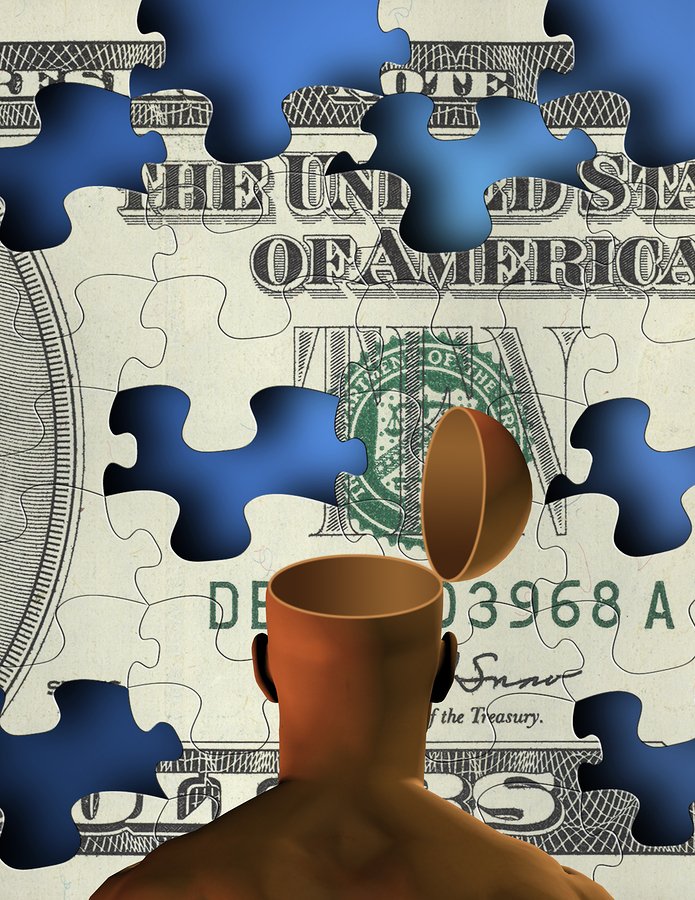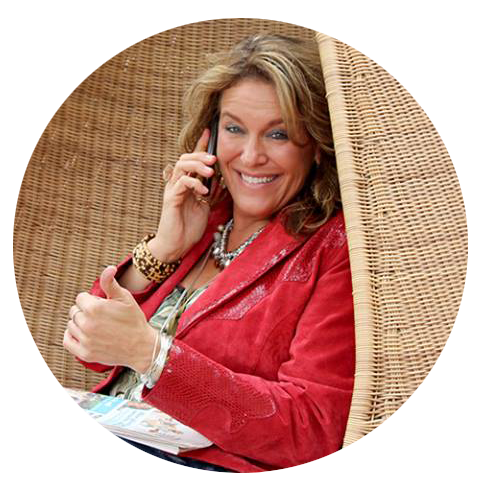
The 8 Basics of Financial Freedom, Part 1
My businesses and brands were built on persistence from the ground up.
In 2004, I was determined to start writing books, and saw that many business books at the time were being published by or with Jay Conrad Levinson, the guerilla marketing legend. I was able to get a two minute meeting with him ... after a few dozen phone calls to his business, his daughter, and eventually Levinson himself.
I knew when I arrived and wasn’t invited inside that I would have to really WOW him. So, I showed Levinson a financial model that clearly showed that I would make him more money than any other author.
That two-minute meeting turned into dinner with him and his wonderful wife, and led to our book “Guerilla Wealth: The Tactical Secrets of the Wealthy Finally Revealed.”
Today, I’m going back to my roots to share the knowledge that launched my Millionaire Maker brand and led me down the path to wealth:
1. Wealth conditioning
Your wealth conditioning includes the people and circumstance that led to how you think about money. It might come from your parents, your school or just the force of life. But when you’re making a financial plan, your conditioning probably leads you to traditional institutions that will sell you traditional methods of accumulating wealth.
I’m not traditional.
Money is a tool - making and accumulating money is useless unless you have a purpose for it. Is your purpose money for your kids’ education? To live a bigger life?
Don’t be overly attached to your money; do something with it.
The best way to start challenging your wealth conditioning is to get around the people who are doing what you want to do. If you want to be a millionaire, hang out with millionaires. It’s common knowledge that you are who you surround yourself with.
2. Figuring out your financial baseline
Your financial baseline is really about organizing yourself. I have some forms to help you organize here: a profit and loss statement, balance sheet, and cash flow statement.
Take all of your assets (what you own) and subtract your liabilities (what you owe). The difference is your financial baseline.
3. Financial freedom day
We’re not going to have you “retire” … we’re going to pick a “freedom day” number.
To pick that number consider: How much money per month do you need? How much do you want?
Set a goal! I wouldn’t suggest anything less than $10,000 per month.
4. Managing your lifestyle cycle
Your lifestyle cycle is the cycle you get trapped in during your 20s. You learn to make money, but you focus on what you want to buy or pay for: house, car, student loans, etc. Your monthly expenses grow and grow, but your wealth doesn’t because you’re focused on catching up.
Millionaires don’t have a monthly mentality.
Managing your lifestyle cycle is about noticing how much time and money you spend focusing on your liabilities (what you owe) versus how much you spend generating new revenue.
Are you focused on controlling, managing, and minimizing? Or are you focused on expanding, creating, and generating?
That's it for this week, but come back this Monday, May 15, for part two of this blog!
If you want to learn more about how persistence is the key to success, listen to my Real Money Talks podcast, "The Pinnacle of Persistence Part 1." Be sure to subscribe, rate and review on your favorite podcast app!
Tell Me Your Financial Freedom Goals!
Let Us Know What You Think!
'LIKE' US ON FACEBOOK
TWEET US
OUR WORLD IN PHOTOS
LET'S LINK UP
CONNECT ON GOOGLE+
UPCOMING EVENTS
May 15-16 | Lake Tahoe, Nevada: The Big Table Momentum Session
May 17 | #AskLoral Webinar: Free registration – ask Loral anything! http://askloral.com
May 23 | Daytona Beach: Guerilla World Summit 2017. Conference registration here.
#ASKLORAL
Want free business coaching from one of the world's leading wealth and entrepreneurial minds? Join us at our upcoming #AskLoral LIVE webinar!
Copyright 2016 - Live Out Loud & Loral Langemeier - All Rights Reserved
ABOUT | WEALTH TRAINING | SUCCESS STORIES | COMMUNITY | BLOG

